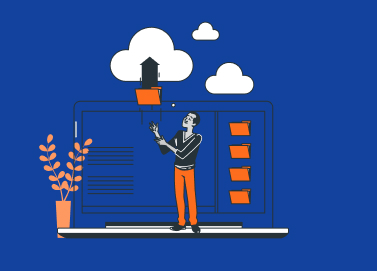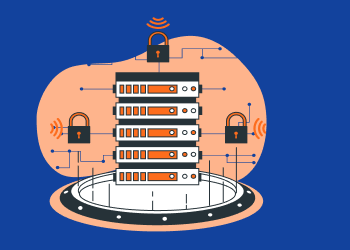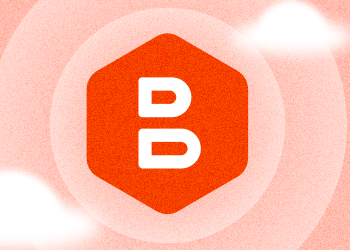We are happy to introduce MSP360 Backup for Microsoft 365 and Google Workspace 4.8, which brings a major addition to the storage experience – built-in managed cloud storage.
With this release, the need for third-party storage setup is entirely eliminated, configuration time is reduced, and administrators can start protecting Microsoft 365 and Google Workspace data immediately upon sign up. Continue reading
Amazon S3 Glacier Instant Retrieval Storage in MSP360 Backup 7.2.3
Today at re:Invent, Amazon introduced the new archive storage class called Amazon S3 Glacier Instant Retrieval, and we’re happy to announce that it’s now supported in MSP360 Backup 7.2.3 and MSP360 Explorer 6.2.1. Continue reading
How to Stay on Top of Contract Renewals
Cash flow is an issue for many managed service providers (MSPs) as the economy struggles to recover from the effects of COVID-19. The need to maintain cash is more important than ever—and right now, renewals are low-hanging fruit for your business. Keeping up with renewals also promotes engagement with your clients, which can also create more business. Continue reading
News You Might’ve Missed. November 2021
What's new this month in the news for MSPs? New optimized Azure virtual machines from Microsoft; legal pressure allegedly making BlackMatter gang go dark; fake cybersecurity warnings out after hacker accesses FBI server; and Emotet botnet gets resurrected. Continue reading
Guide to Vendor Off-boarding: Checklist Included
There are several reasons why you may need to change your current solutions vendor or discontinue your contract.
First of all, you may have found a solution that fits your needs better, either because of the technological shift your company is experiencing, or because you have found a solution that has outgrown its competition and you think it's worth switching. Continue reading
Introducing MSP360 Connect to Access Remote Mac Devices
There is a significant update for those of you interested in using MSP360 Connect to access and control remote macOS computers! Continue reading
Immutable Data Backups Explained and How It Works in MSP360
Introduction to Immutable Backups
Immutable data backups are a crucial component of data protection strategies. They are designed to be unmodifiable, ensuring that your data remains safe from ransomware attacks, accidental deletions, and other threats. In this video, we'll explore the concept of data immutability and how it can safeguard your valuable information. You'll also learn how MSP360's immutable data backups and remote monitoring management solutions can provide you with peace of mind.
Immutable data backups are crucial for any given organisation's data protection strategy. When you back up your data, one of the worst scenarios imaginable is losing your data due to ransomware or another type of cyberattack. Data protection is a burning issue right now due to these attacks, and the best way to keep your data safe is to use the most current cybersecurity technologies, such as immutable data backups.
New Wasabi Regions Osaka and London Are Now Supported in MSP360 Backup and CloudBerry Explorer
We are happy to announce that MSP360 now supports the recently opened Wasabi regions. Continue reading
9 Worst Cybersecurity Practices
At least once in your life, you've been cyberpwned. Also, chances are that you know exactly what triggered the successful attack. Continue reading
Introducing MSP360 Managed Backup 5.3
We are happy to announce that MSP360 Managed Backup 5.3 is out! With this release, we introduce awesome new features, including Immutability and an update to Restore Verification. Continue reading
Guide to MSP Contracts
The most valuable part of your MSP may not be apparent at first glance. Clients may sign up with your firm based on your staff’s technical capabilities and the tools that allow them to deliver quality service. But those are usually not the things investors and finance staff scrutinize the most when they are considering a purchase or proposal. Continue reading
Prepare Your Clients and Yourself for Power Outages
With severe weather conditions causing power outages with increased frequency, it makes sense for businesses to take proactive steps to protect their operations. MSPs have an important role to play in this process, since businesses commonly look to their MSPs to help them survive a power outage. Continue reading
















